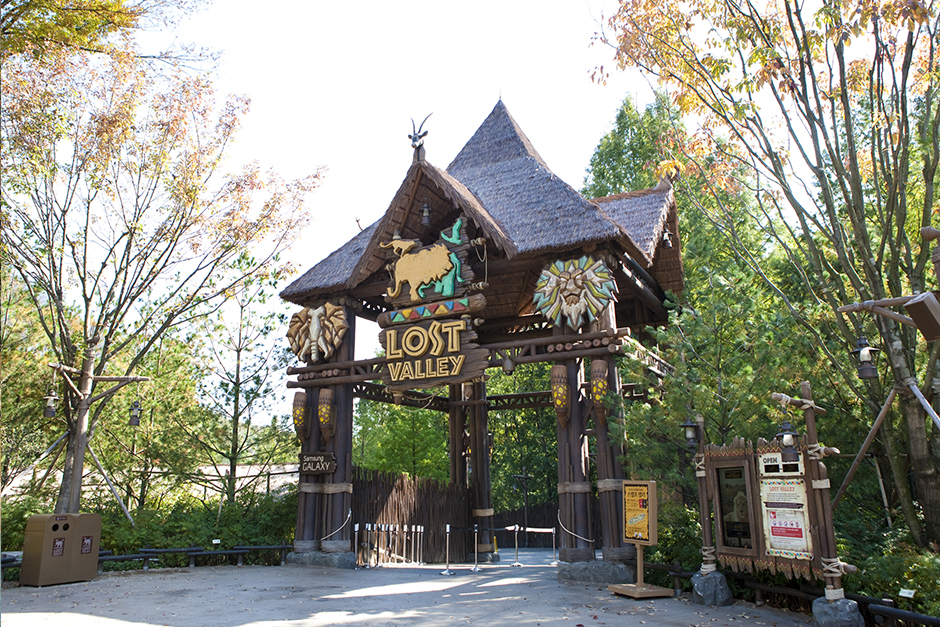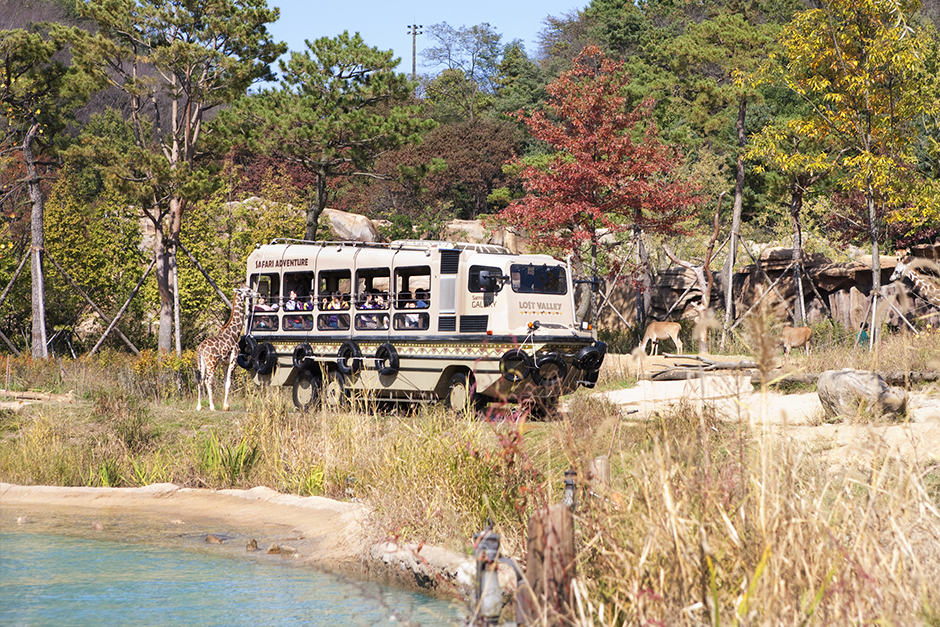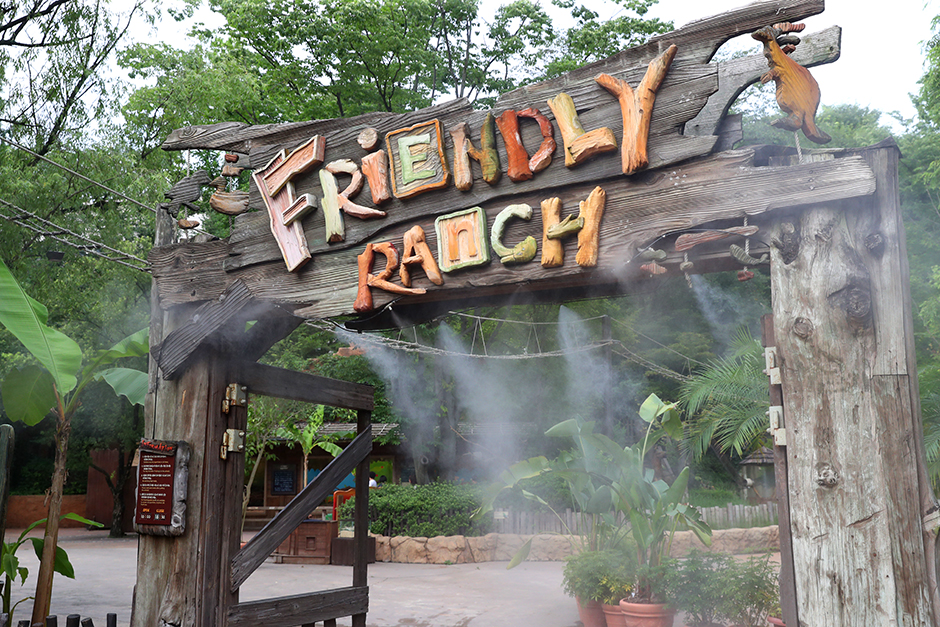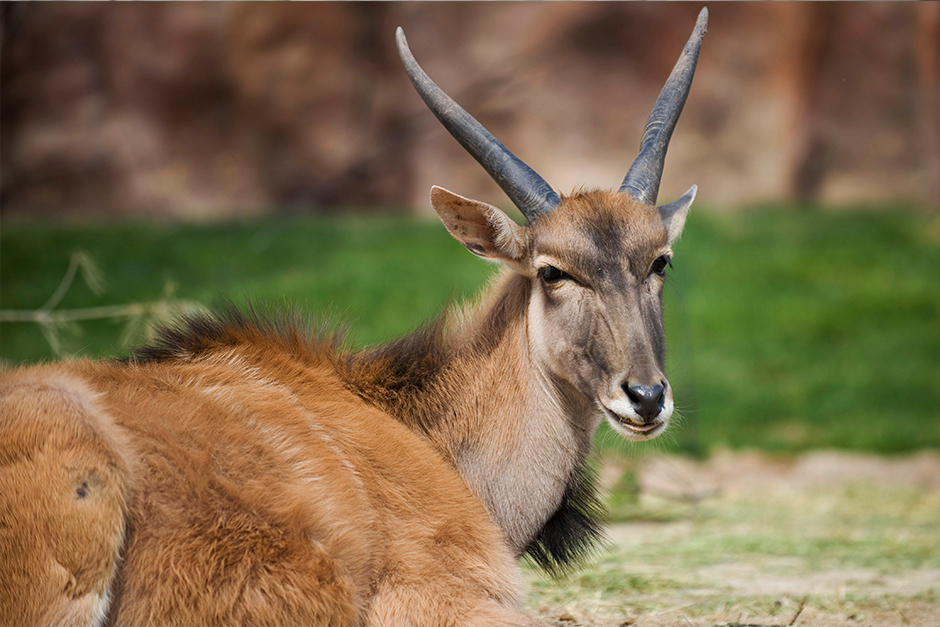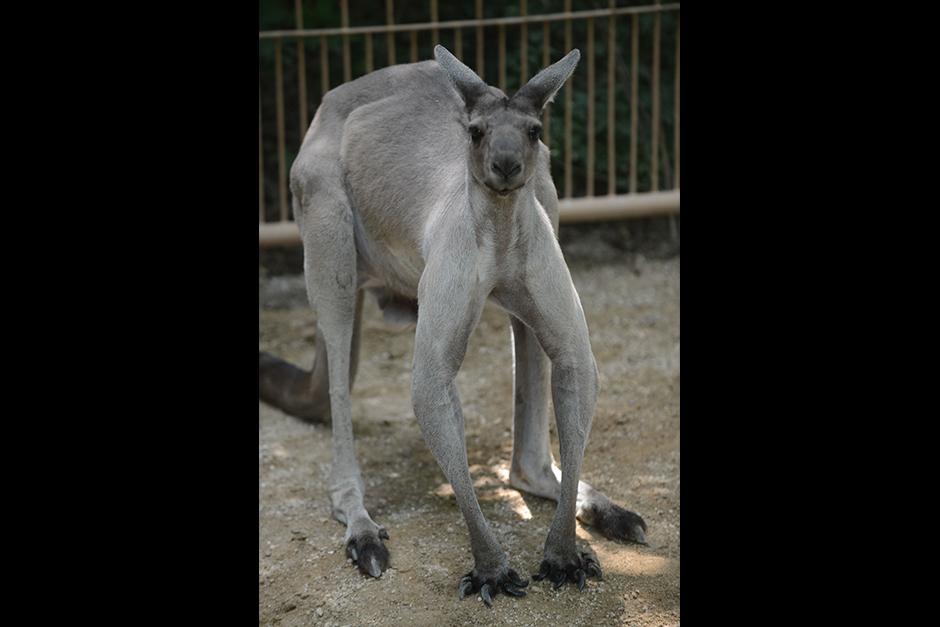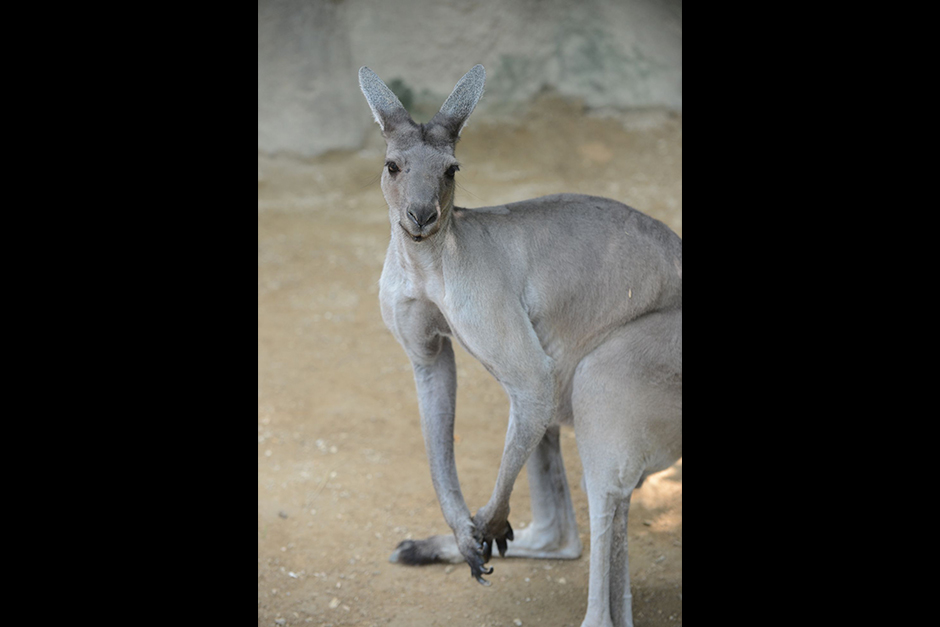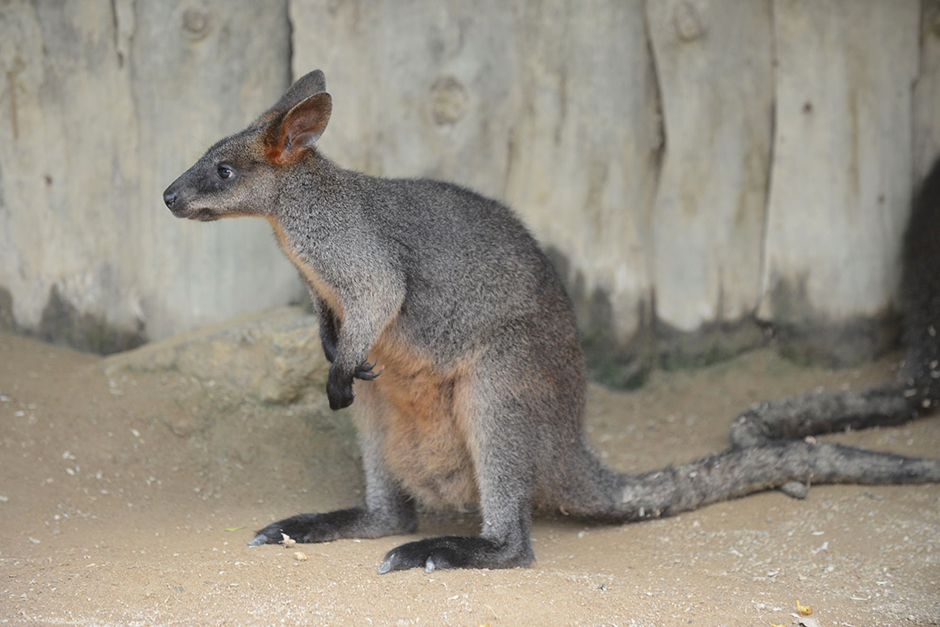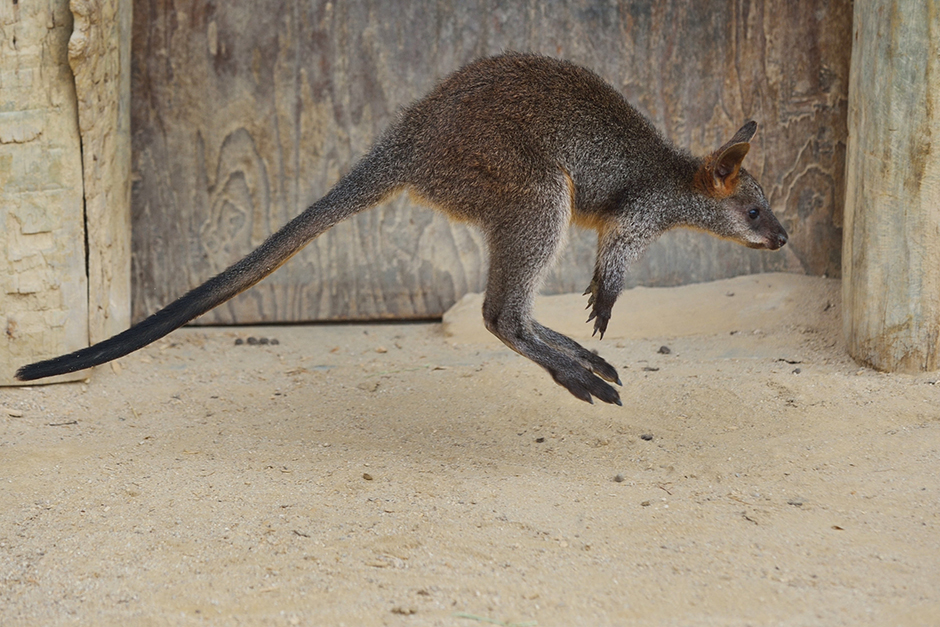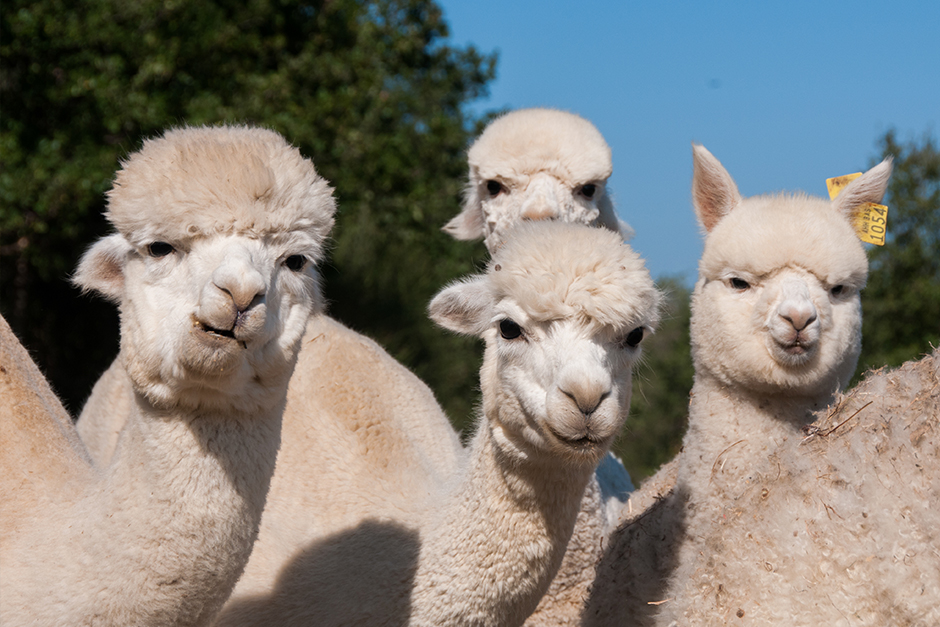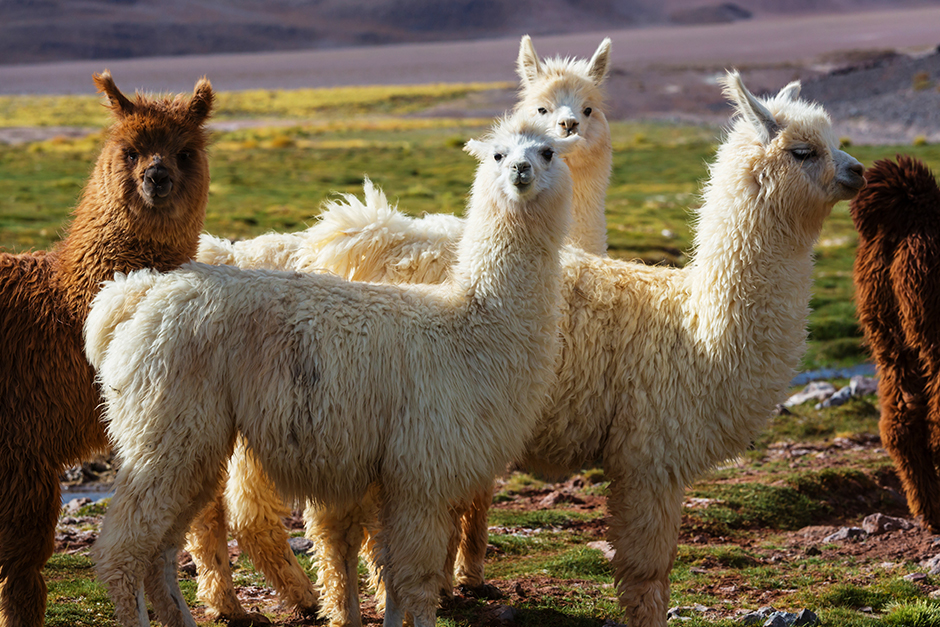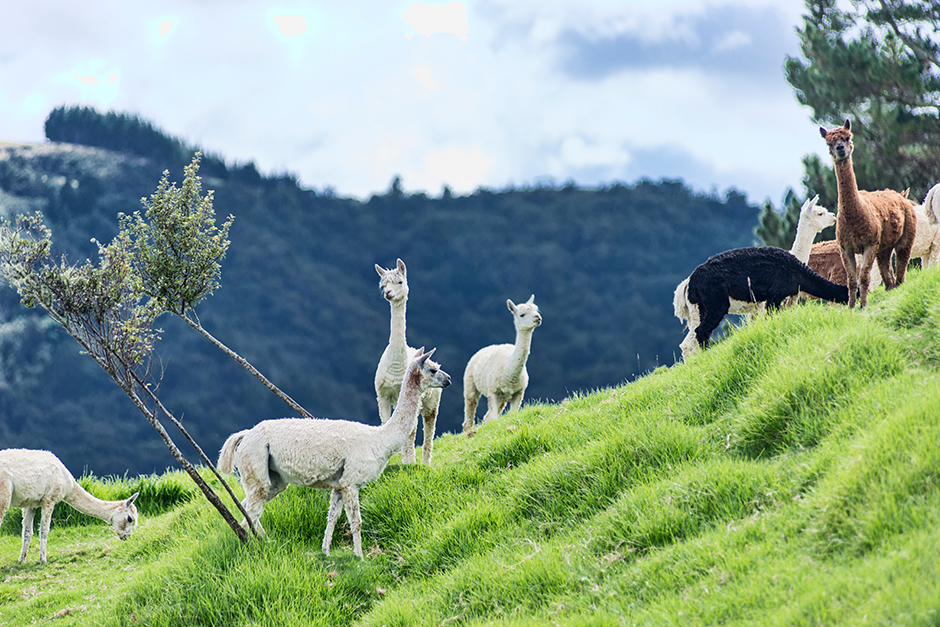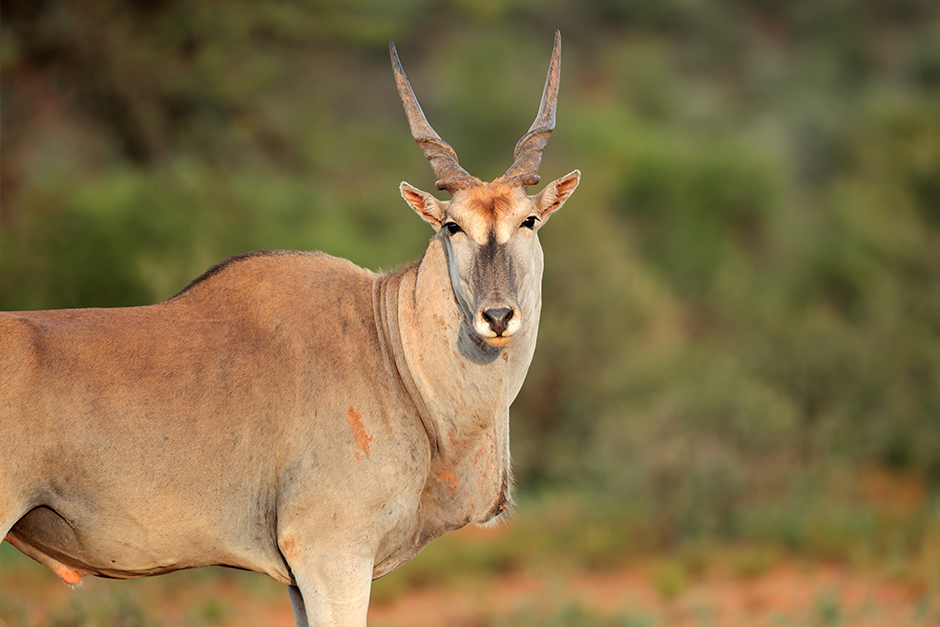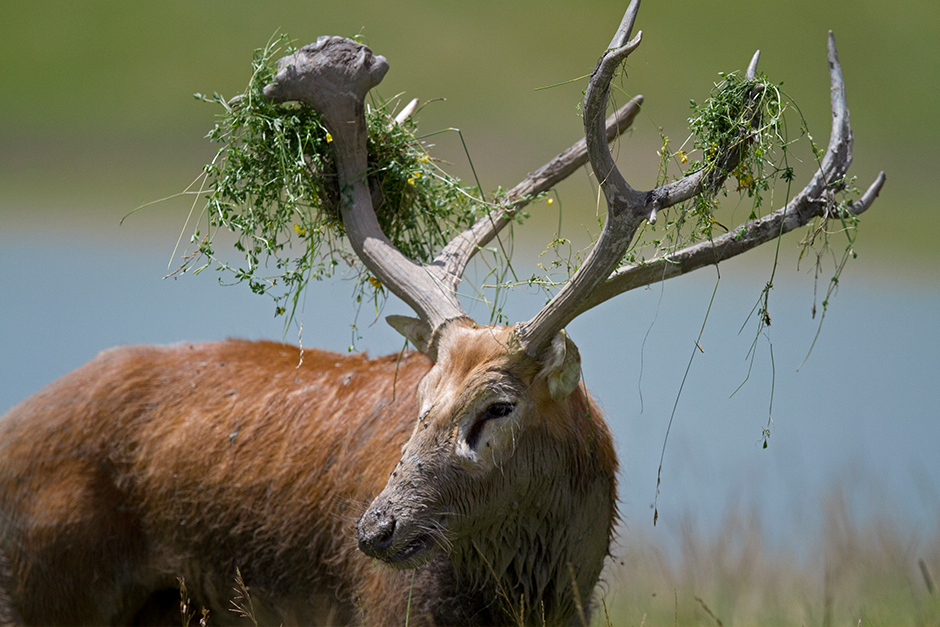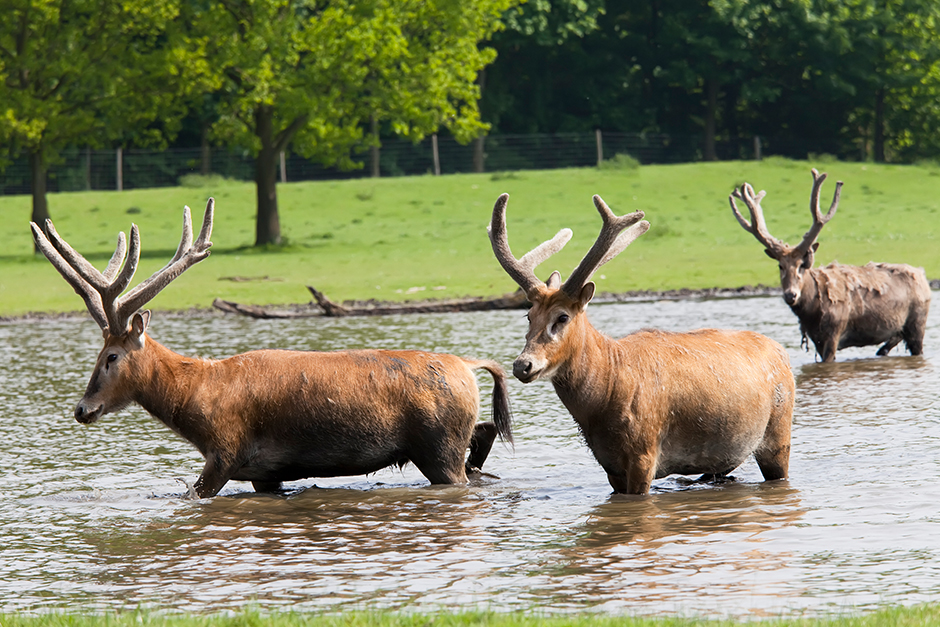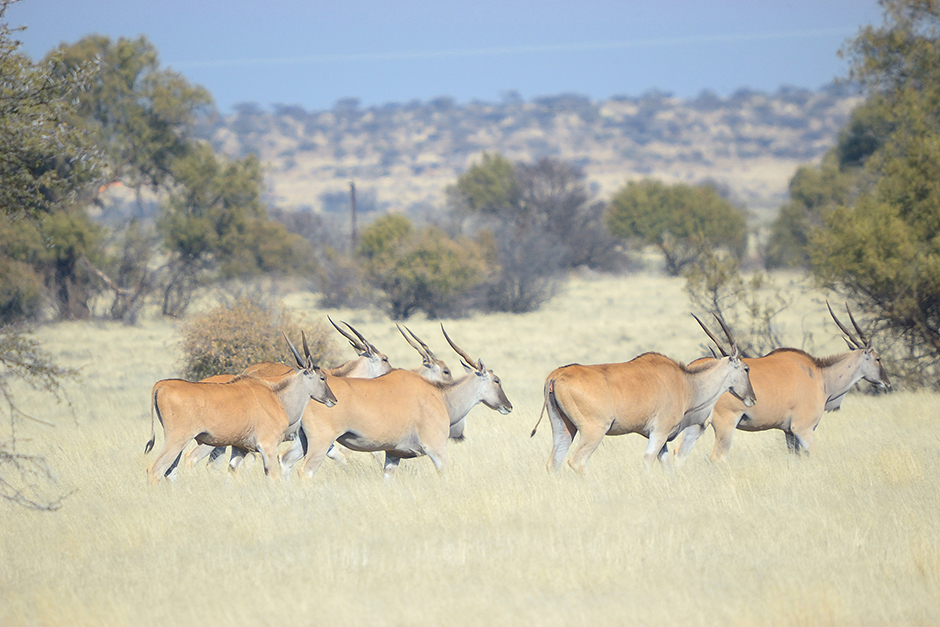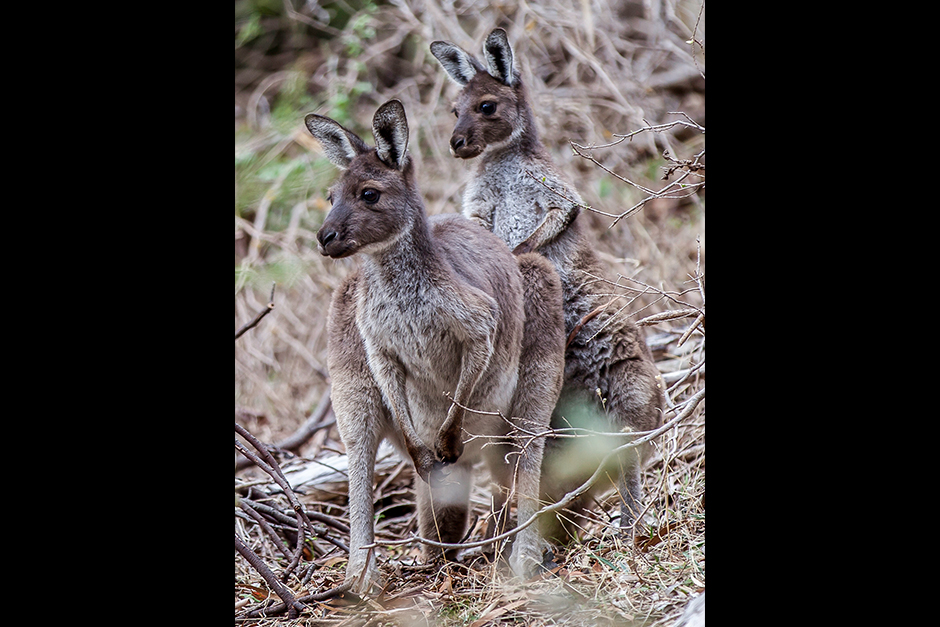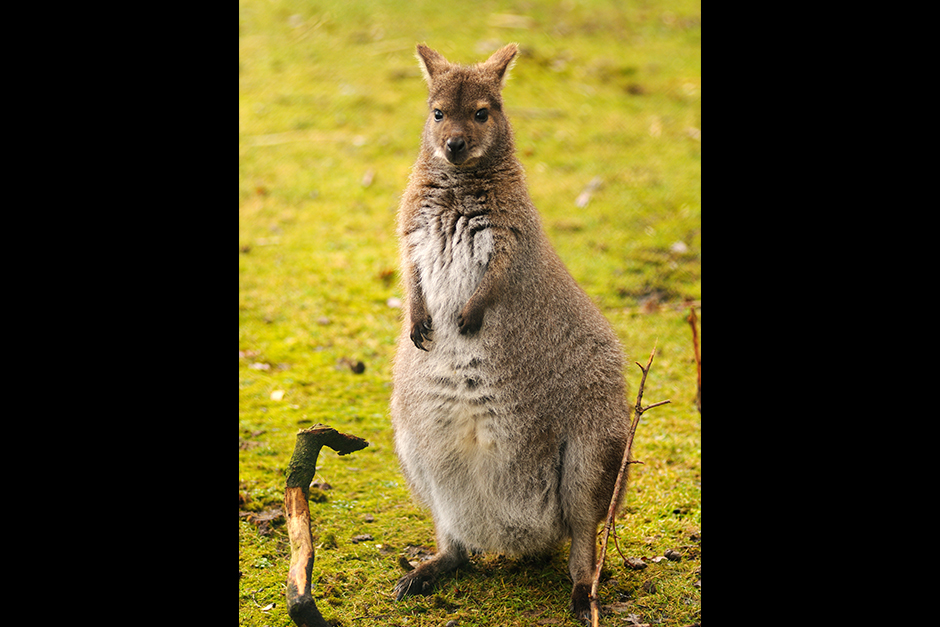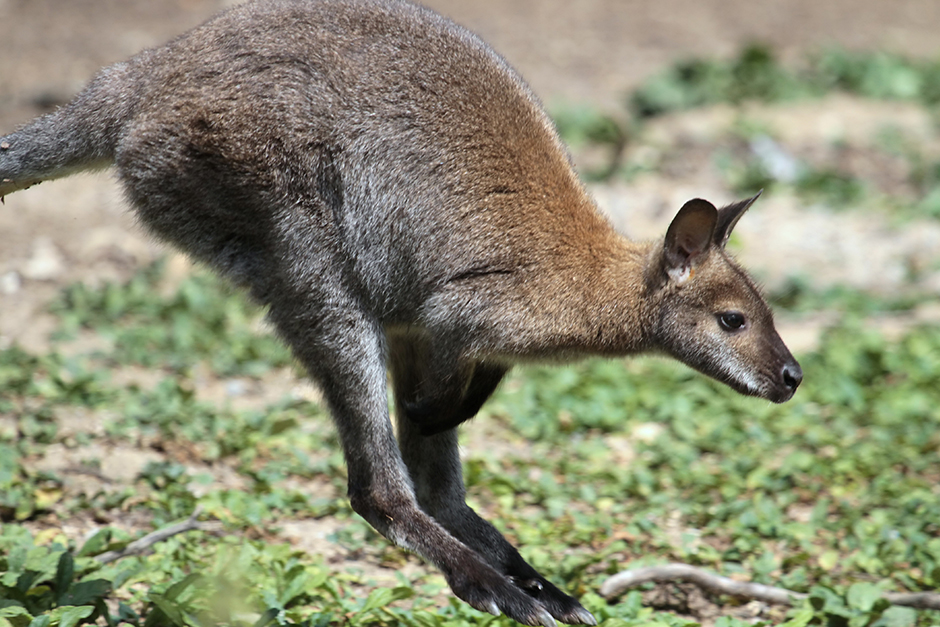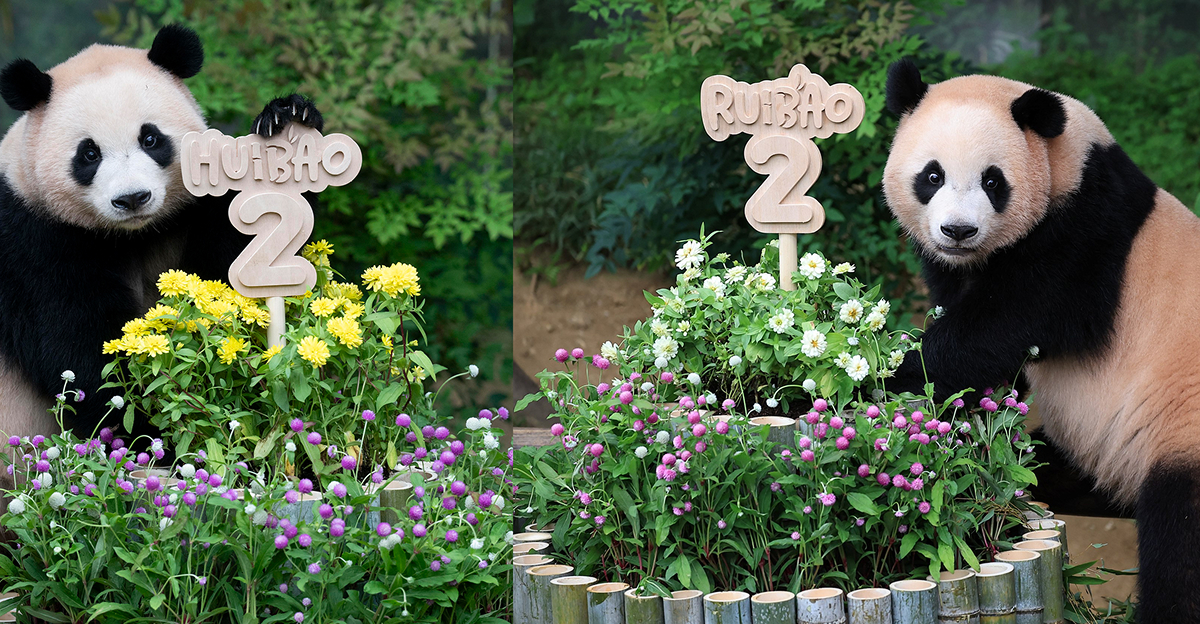For most people, going to the zoo offers a rare glimpse of how animals eat, sleep, and interact with each other. It’s also a great opportunity to learn about members of the animal kingdom and get acquainted with unfamiliar faces.
Korea’s largest theme park Everland, located just outside of Seoul, is a great place to experience this firsthand, especially at its Friendly Ranch or the Lost Valley, where visitors can get a close-up look of 150 animals from 20 different species. Many of the animals are well-known favorites such as giraffes, cheetahs, and rhinoceroses, but you may notice that some are not only hard to recognize but actually difficult to tell apart.
If you want to make sure you know which animal is which before you head out for an adventure, read on to get more insight into the world of animal lookalikes.
1. Alpaca vs. Llama
You know what a llama looks like, right? But do you? If you’re thinking small head, long-ish neck, four legs, and a wooly coat, you’re thinking of a much broader group of animals from South American known as camelids.
So can you tell a llama apart from an alpaca? Both lack horns and have soft pads with toenails instead of hooves. If you look at the upper lip, you’ll notice it’s split into two, providing mobility for either side.
When it comes to differences, size is one of the most obvious. Llamas can easily weigh up to 200 kilograms, while alpacas are much smaller, weighing anywhere between 45 to 85 kilograms. A subtler difference can be seen in their shape of ears. Llamas have banana-shaped ears while alpacas have smaller straight ones. In terms of coats, alpacas have more distinctive woolly coats, much like poodles.
You can find both animals at the Lost Valley, and llamas in particular can be spotted not far from the giraffes.
2. Eland vs. Père David’s Deer
As you’re touring the Lost Valley, you’ll also get to see elands. They’re from a family of hoofed ruminants, like water buffalo, goats, and cattle, and are known for their impressive display of horns, which may remind people of another animal called the Père David’s Deer.
These deer were first introduced to Korea in 1976 by Everland and are known for their majestic appearance. They also have splayed hooves like elands, but the similarities pretty much end there.
While elands like to graze in areas like savannahs and grasslands, the Père David’s Deer are semiaquatic, preferring marshland for a diet of grass and aquatic plants. When it comes to activities, despite elands typically weighing hundreds of kilograms and sometimes reaching up to 1,000 kilograms, they’re able to jump up to 2.5 meters from an absolute standstill.
Unlike elands, the Père David’s Deer, which are native to China, are now considered extinct in the wild, after being wiped out by a massive flood in the late 19th century and hunted for meat. They’re known for thriving in cold and wet climates, and also for their iconic antlers, which, unlike any other deer, grow twice a year.
3. Wallaby vs. Kangaroo
Over at the Friendly Ranch, meet some furry friends from Australia. Even if you know nothing about wildlife in Australia, you’ll know what a kangaroo looks like. Along with koalas, kangaroos are one of the most iconic animals of the land Down Under. But what are wallabies? They also jump on their hind legs and carry joeys in their pouch, so how do you tell them apart from kangaroos?
They’re probably not very accessible, but their teeth would be a good place to start. You’ll find wallabies have a nicely aligned row of flat molars, developed from crushing and grinding leaves. Kangaroos, on the other hand, have a curved row of teeth with high crowns, suitable for slicing up stalks of grass.
Wallabies are also much smaller. Some kangaroos can reach up to two meters, while wallabies range anywhere between 30 centimeters to a meter. Another trait that sets them apart is their hind legs. Because kangaroos have to run across flat surfaces at a rapid pace, their legs are set wide apart, but wallabies move through dense forest areas, meaning their legs are much more compact.
Now that you have a much fuller picture of who’s who in the world of animal lookalikes, make sure you try to spot all of these different animals and their unique traits when you visit Everland, and share what you know with others as well.


